7 Easy-to-Understand Car Safety Features Every Baby Boomer Should Know
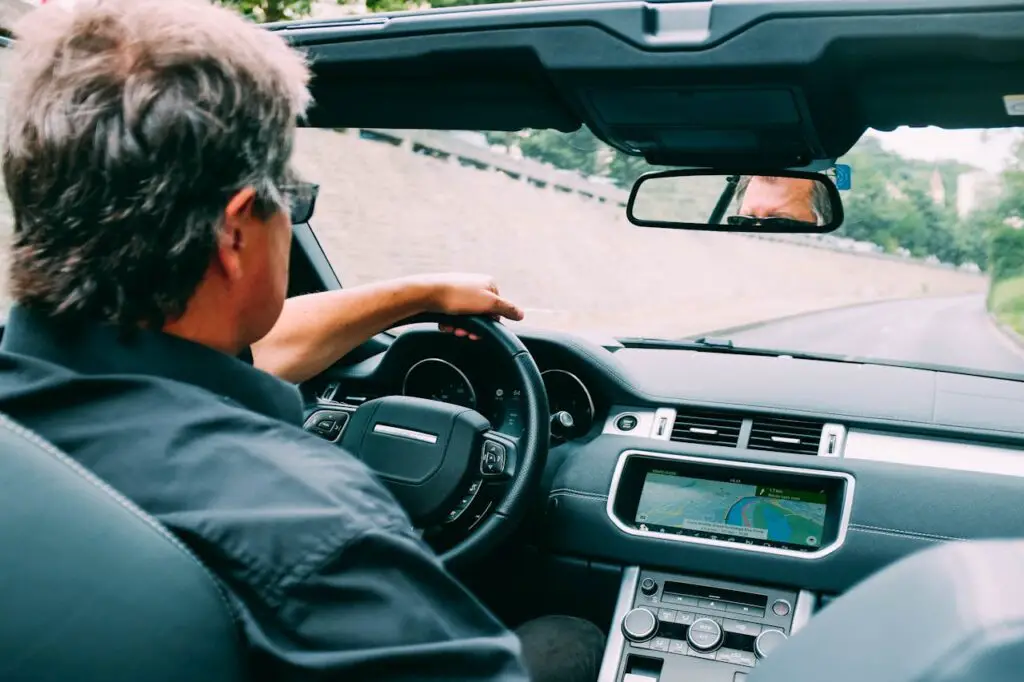
Remember when “car safety” meant buckling your seatbelt and checking the rearview mirror before pulling out of the driveway? Times have certainly changed. Today’s vehicles are packed with smart technology designed not just to protect you during a crash, but to help prevent accidents from happening in the first place. For many baby boomers, all this new technology can seem a bit intimidating—like trying to figure out the remote control for a new TV. But the truth is, these features are designed to make driving easier, safer, and more comfortable, especially as our reflexes and eyesight are not quite what they used to be.
If you grew up in the era of carburetors and cassette players, don’t worry—you do not need to be a tech wizard to understand these innovations. In fact, once you know how they work, you will probably wonder how you ever drove without them. Let’s take a look at seven easy-to-understand car safety features that can give you peace of mind and make every trip behind the wheel a little more relaxing.
1. Anti-Lock Brakes (ABS) and Electronic Stability Control (ESC)

Imagine you are driving down the highway and suddenly need to slam on the brakes. Back in the day, your wheels might have locked up, sending your car skidding uncontrollably. Anti-lock brakes prevent that from happening by rapidly pulsing the brakes so your wheels keep turning, allowing you to steer while stopping. Pair that with electronic stability control, which detects if your car is starting to skid and gently applies the brakes to specific wheels, and you have a system that can help you stay in control even during sudden maneuvers or on slippery roads.
For baby boomers, who may have slower reaction times than they did in their twenties, these features are like having an invisible co-pilot ready to jump in during emergencies. The best part? You do not have to do anything special—just hit the brakes as usual, and the system takes care of the rest.
2. Blind-Spot Detection and Rear Cross-Traffic Alert
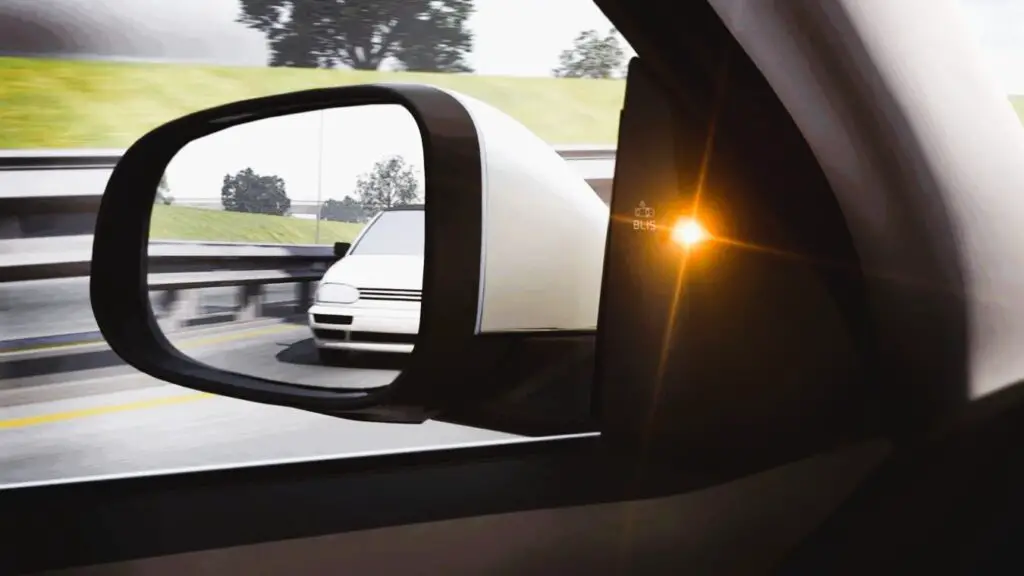
Remember craning your neck to double-check that sneaky spot just behind your car when changing lanes? Blind-spot detection takes care of that for you. Using sensors on the side of the vehicle, it alerts you—usually with a light in the side mirror—when a car is lurking where you cannot easily see it.
Rear cross-traffic alert is equally handy. When you are backing out of a parking space, especially in a crowded grocery store lot, it can warn you if a vehicle or even a cyclist is approaching from the side. These systems are lifesavers for those with stiff necks, limited mobility, or simply a desire to avoid those heart-pounding “near misses” we all dread.
3. Forward Collision Warning and Automatic Emergency Braking
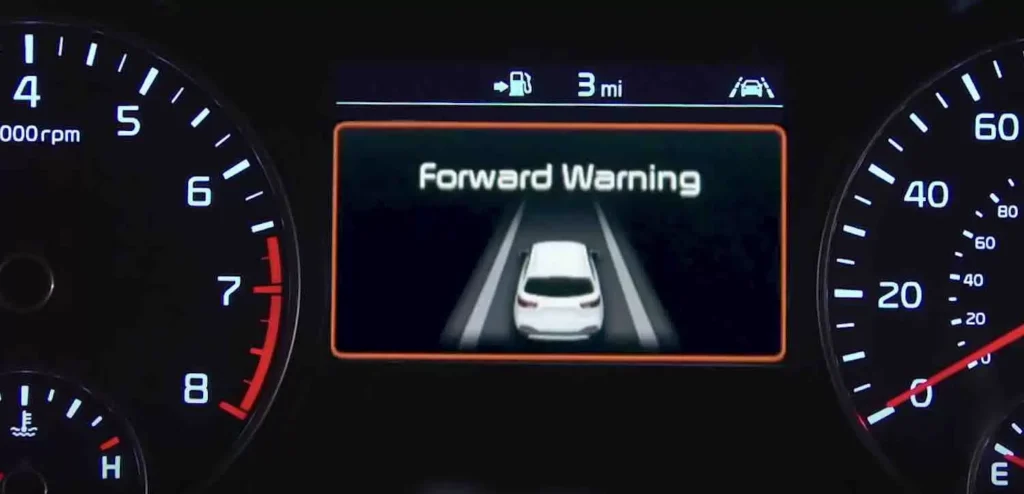
Picture this: traffic suddenly stops on the freeway, and you are a split second too late to hit the brakes. That is where forward collision warning comes in. Using sensors, it monitors the road ahead and gives you a loud warning if you are approaching another vehicle too quickly. If you do not react fast enough, automatic emergency braking can step in and apply the brakes for you.
This feature has been a game changer for reducing rear-end accidents. It is especially helpful in stop-and-go traffic, where even the most alert driver can get distracted for a moment. For baby boomers who might not want to deal with the aches and pains that come from even a minor fender bender, this technology is a quiet hero.
4. Lane Departure Warning and Lane Keeping Assist
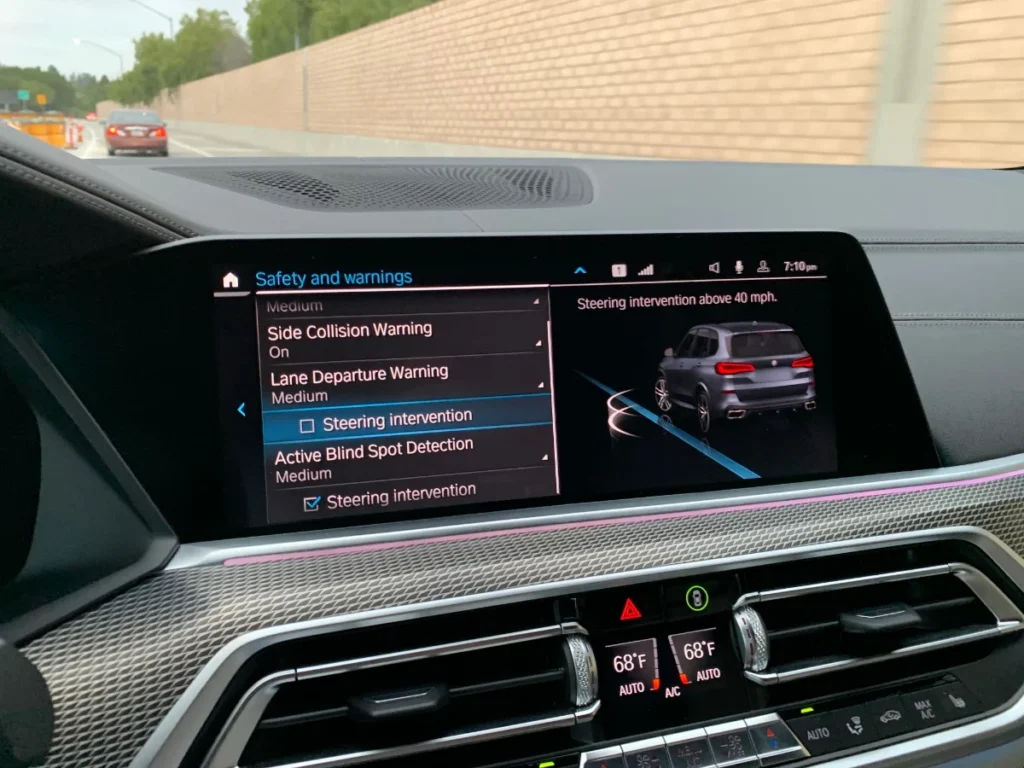
Have you ever realized you were drifting slightly out of your lane because you were adjusting the radio or admiring the scenery? Lane departure warning detects when your car begins to cross a lane marker without using a turn signal. It will then alert you, often with a gentle vibration in the steering wheel or a warning sound.
Some vehicles take it a step further with lane keeping assist. If you do not respond quickly, the system can nudge your steering to guide you back into the center of the lane. For long highway drives, this feature can be a real comfort, reducing the risk of drifting into another lane if you momentarily lose focus.
5. Backup Camera and Rear Camera Systems
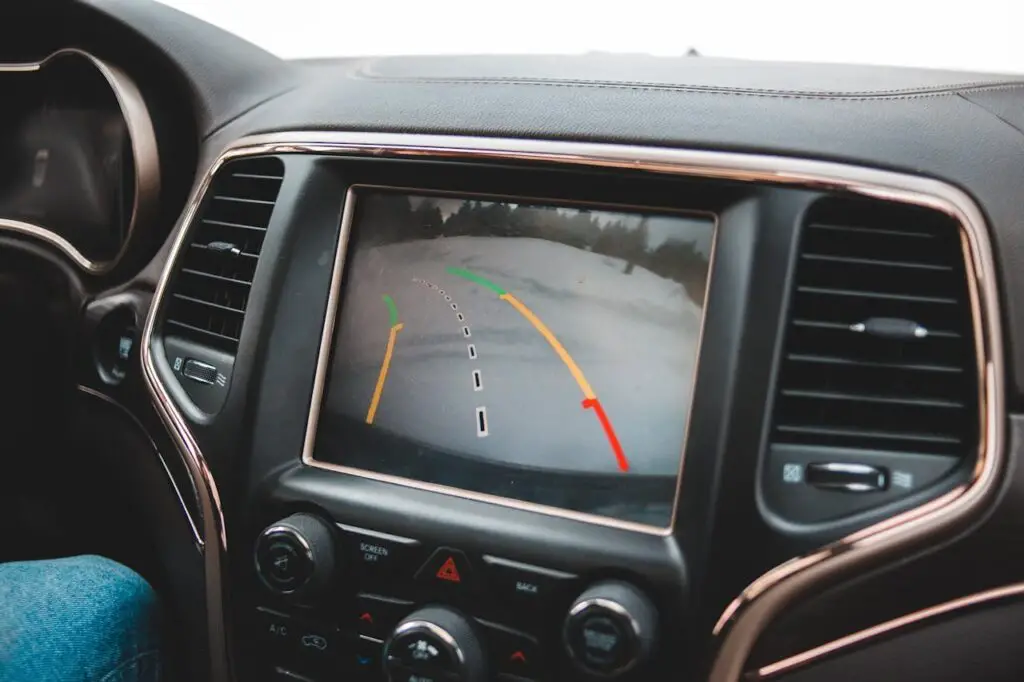
If you have ever tried to back into a tight parking spot while guessing what was behind you, you know how stressful it can be. Thankfully, backup cameras are now standard on all new cars sold in the U.S. since 2018. With a clear view of what is behind your vehicle displayed right on your dashboard screen, reversing becomes far less nerve-wracking.
Some cars even include guidelines on the screen to show you the path of your vehicle, making it easier to line up in a driveway or parking spot. For baby boomers, who may not be as flexible for twisting and turning, a backup camera removes the guesswork and can prevent accidents with everything from curbs to kids’ bikes left in the driveway.
6. Driver Alertness and Drowsiness Monitoring
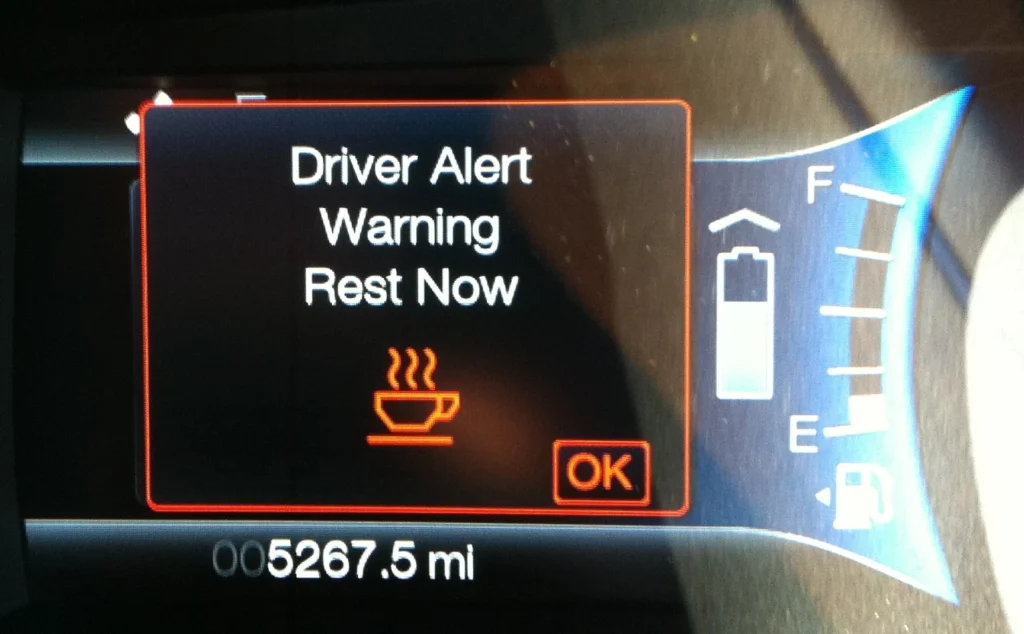
We all like to believe we can drive as long as we want without tiring out. But the truth is, fatigue can sneak up on anyone. Driver alertness systems monitor subtle signs like erratic steering, drifting out of a lane, or even facial cues in some advanced models. If the car detects that you may be getting drowsy, it will send an alert—sometimes even suggesting you pull over for a break.
Think of it as a caring friend riding shotgun, reminding you when it is time for a cup of coffee. On long road trips or late-night drives, this feature can be the difference between arriving safely and risking an accident.
7. Adaptive Cruise Control
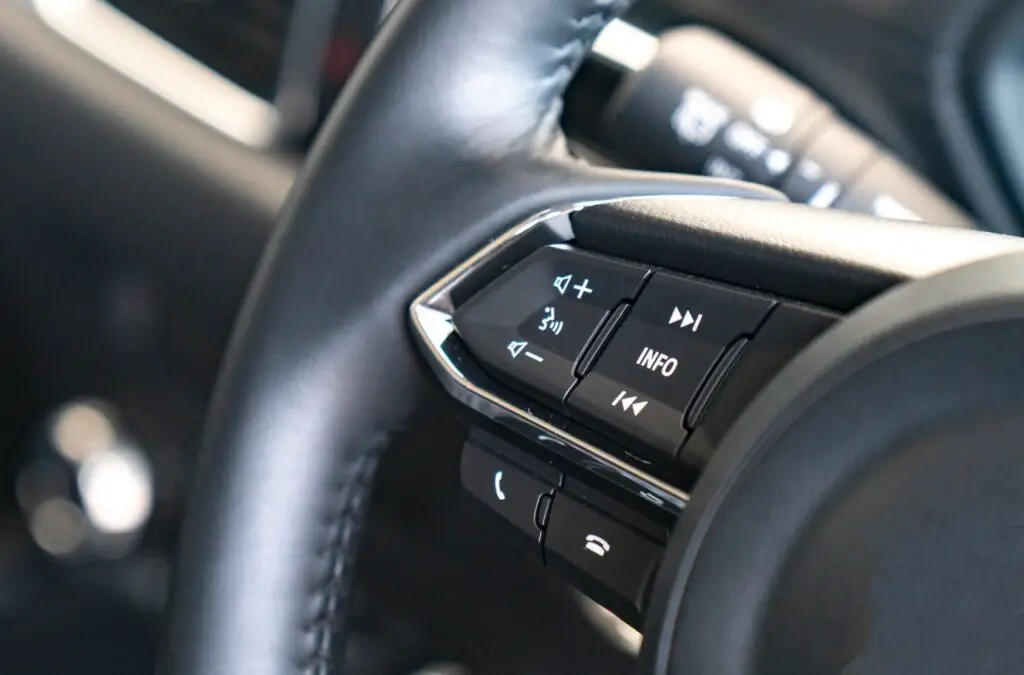
Cruise control used to be a simple convenience: set your speed and take your foot off the gas. But today’s adaptive cruise control goes a step further by automatically adjusting your speed to maintain a safe distance from the car ahead. If traffic slows, your car will slow down too—no need to hit the brakes yourself. When traffic clears, it smoothly accelerates back up to your chosen speed.
This feature is especially valuable for baby boomers who may experience fatigue during long drives. It reduces the constant need to adjust your speed, making highway travel more comfortable and less stressful. Think of it as having a helpful assistant who never gets tired of keeping the perfect pace.
Final Thoughts
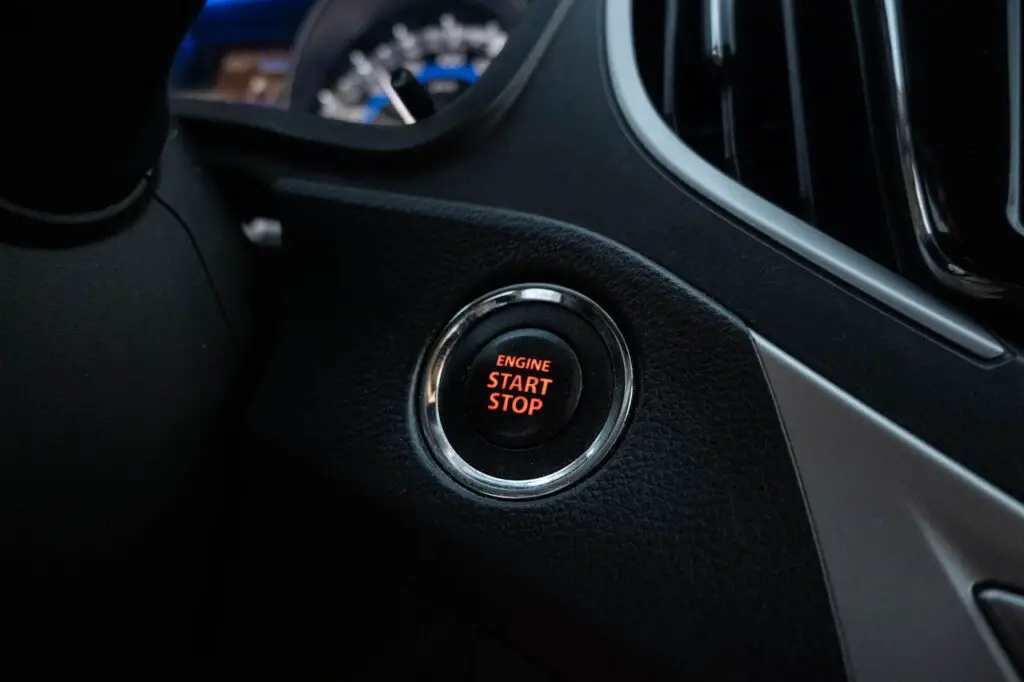
Driving has always been about freedom—whether it was cruising down Main Street in your first car or taking a Sunday drive to the lake. For baby boomers, that freedom is still just as important today, but staying safe on the road is the key to enjoying it for years to come.
The good news is that you do not need to be a tech expert to benefit from these modern safety features. From blind-spot detection to adaptive cruise control, these tools are designed to work quietly in the background, stepping in only when you need them most. They are not meant to replace your skills behind the wheel—they are there to back you up.
So the next time you shop for a new or used car, ask about these seven features. With them on your side, you can drive with confidence, knowing that you are protected by some of the smartest technology available. After all, you have places to go, memories to make, and a whole lot more life to live—and the road ahead should be as safe and enjoyable as possible.
Leave a Reply